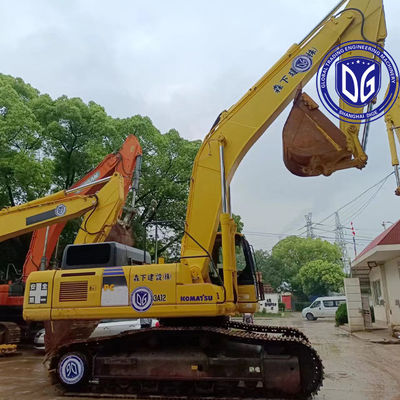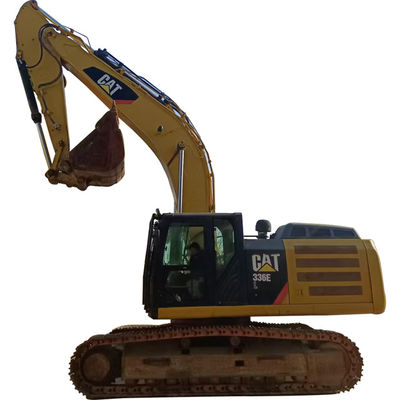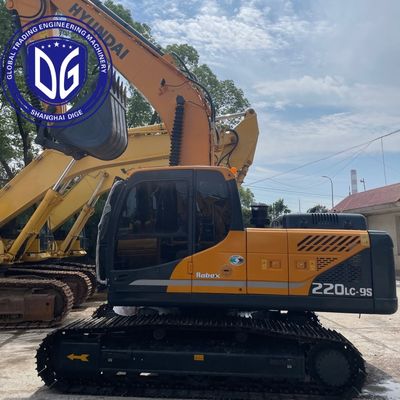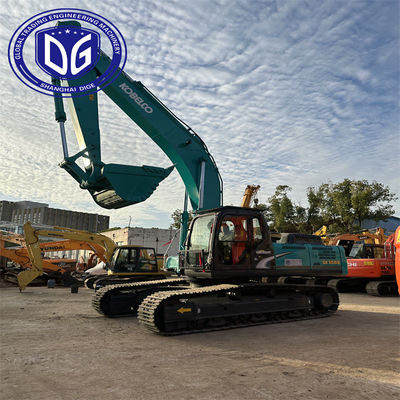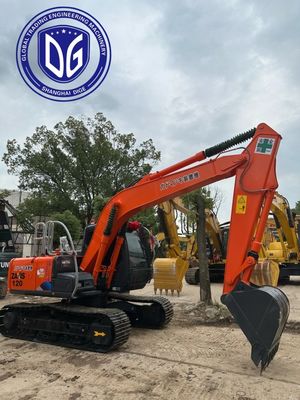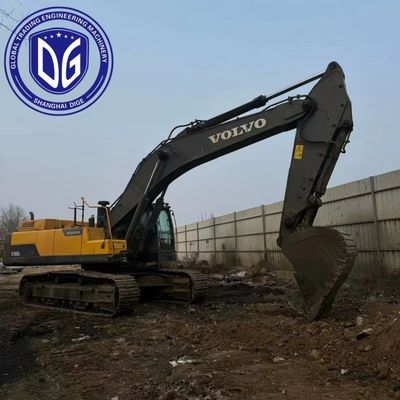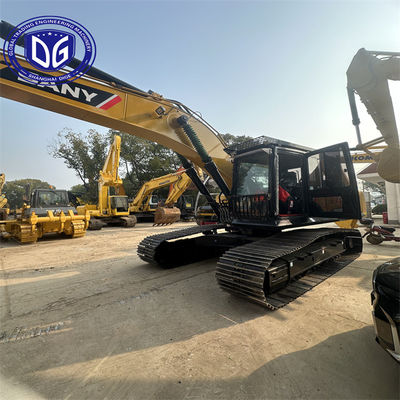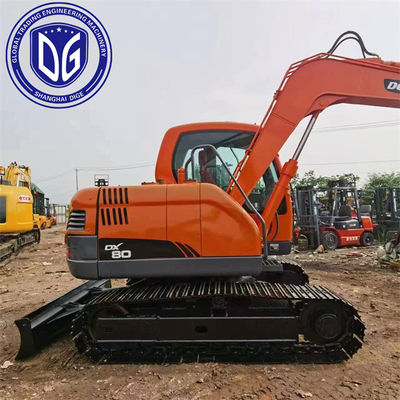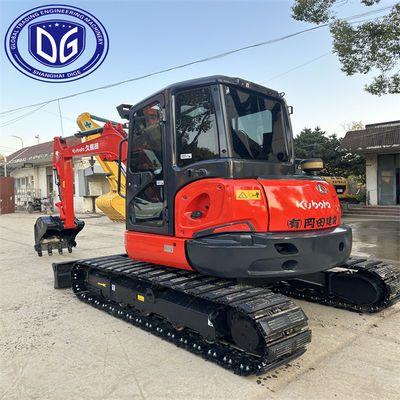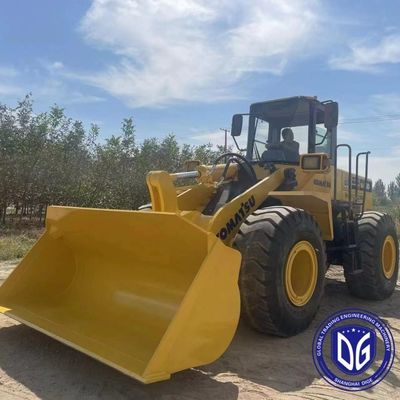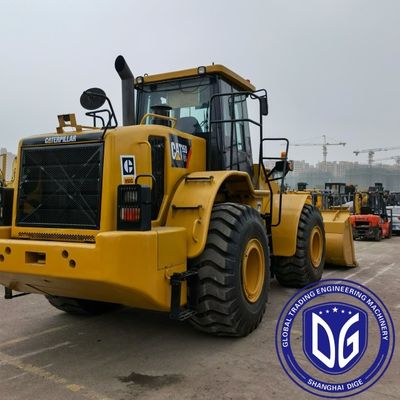by Sam from Dige International Trading
One of the simplest ways to avoid breakdowns is to perform daily inspections. It only takes 10–15 minutes but can prevent thousands in repair costs. For users of second-hand machinery, this habit is even more important.
The Importance of a Daily Routine
Used equipment has been through unpredictable workloads in the past. By inspecting the machine each day before operation, you reduce the risk of small issues becoming large ones. Catching a leaking hose or a loose bolt early keeps projects running smoothly.
Your Daily Checklist
Here’s what every operator should look for at the start of the day:
-
Fluid Levels: Check engine oil, hydraulic oil, coolant, and fuel. Top up as needed.
-
Leaks: Look under the machine and around hoses and cylinders.
-
Visual Damage: Check the boom, bucket, attachments, and undercarriage for cracks, bends, or wear.
-
Track or Tire Condition: Look for debris in the tracks or flat spots on tires.
-
Cab & Controls: Test brakes, horn, lights, joysticks, and any warning alarms.
Make this a non-negotiable task before operating the machine.
Use a Pre-Start Log Sheet
Creating a checklist that operators must sign off daily adds accountability and ensures nothing is skipped. This also creates a useful record for supervisors and buyers.
Detect Early Warning Signs
Strange noises, fluid dripping, or sluggish movement can indicate deeper problems. Daily checks help spot these symptoms before a machine fails during a job.
At Dige International Trading, we recommend our buyers adopt this routine as soon as they receive their equipment.
Visit our YouTube channel for real examples of machine walkarounds and pre-operation inspections.

 Your message must be between 20-3,000 characters!
Your message must be between 20-3,000 characters! Please check your E-mail!
Please check your E-mail!  Your message must be between 20-3,000 characters!
Your message must be between 20-3,000 characters! Please check your E-mail!
Please check your E-mail! 
